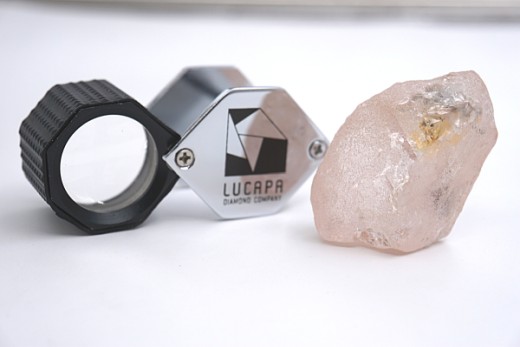
Lucapa today (25 June) announced the sale of its 70 per cent stake in the Mothae mine, in Lesotho, to a local contractor for a nominal sum.
The Australian miner said it wanted to to focus on its core assets in Africa, where it has a 40 per cent stake in the Lulo alluvial mine, in Angola, and in Australia.
Mothae has produced over 150,000 carats since it started commercial production in 2019, bringing in more than $100m in revenue.
Lucapa says it will sell its stake in stake in Mothae Diamonds (Pty) Ltd to Lephema Executive Transport (Pty) Ltd, which has provided it with long-term contract mining services, for A$10,000 (US$6,660).
Mothae Diamonds, which owns the site, will pay Lucapa A$1m (US$666,000) in outstanding technical services payments.
“This agreement is the result of a period of offer and negotiation involving Lucapa and several interested parties,” said Lucapa managing director and CEO Nick Selby.
“(Lephema) Executive has a successful history with the Mothae Diamond Mine, having provided long-term contract mining services. Lucapa wanted to, as far as possible, see
this mine continue to operate and Executive are best placed to achieve this.
“The signing of this agreement is a key step towards Lucapa streamlining its portfolio and executing the new strategy which will focus on assets in Australia and Angola”.
Mothae has indicated resources of 180,000 carats and inferred resources of 960,000 carats, according to December 2023 figures provided by Lucapa, with a modelled per carat value of $606.
Lucapa said in its sales material that Mothae has recovered 13 +100ct diamonds (largest Type IIa gem 213cts), and 10 diamonds valued at over $1m.
Source: IDEX










